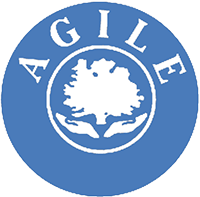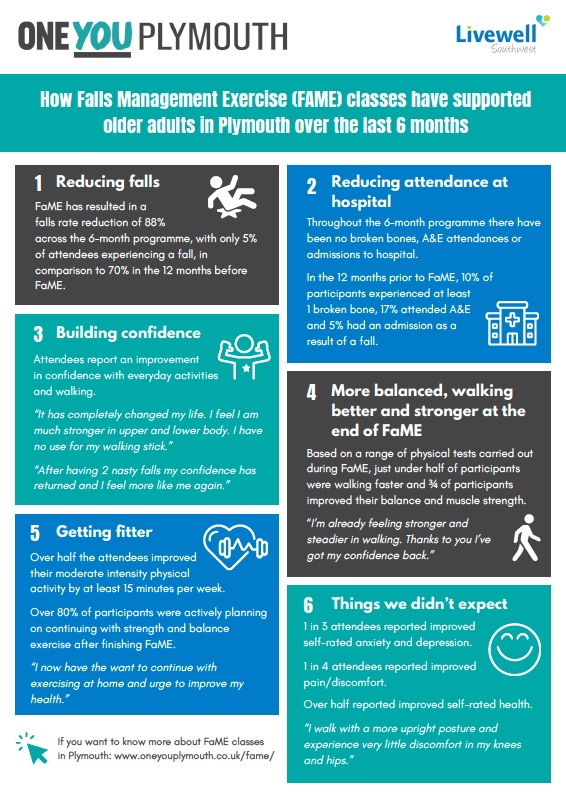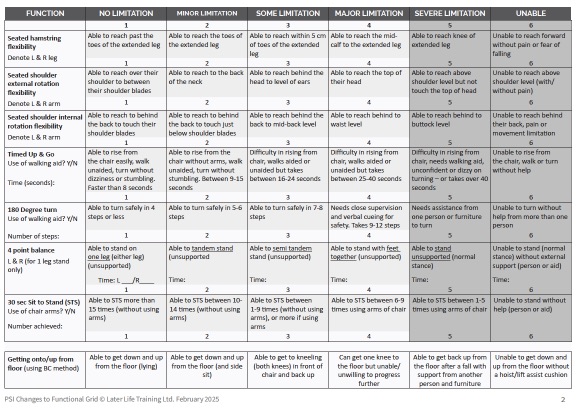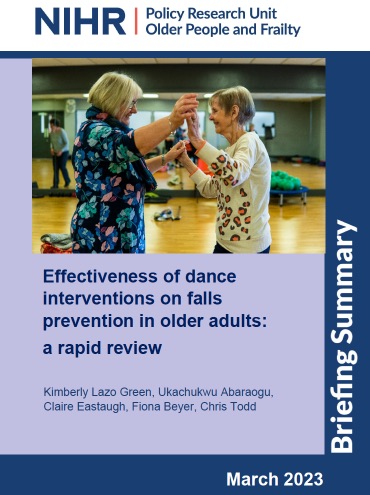LLT working with Smplicare
A new research paper has been published in Age & Ageing on the real life implementation of FaME in 10 local authorities across the East Midlands region of England. The abstract is available here.

Key points:
- 348 adults mean age 76.8 years, 73% were female
- Only 41% completed ≥75% of classes (6 month programme). Lots of reasons, normally ill health and did not return or became carer for spouse/other. Important to contact those who stop coming and see how you can support them to return.
- Significant improvements in balance, fear of falling, functional reach and timed-up-and-go (all P < 0.001), and turn 180° (P = 0.008) at programme completion versus baseline, but improvements were not maintained 6 months later. Nothing new here, if people stop exercising the effect wears off! We need to consider more how we can change habits so people integrate exercises into their daily life beyond the programme.
- Total minutes of physical activity did not change significantly though minutes of strength and balance activity increased by 55% at programme completion and was maintained at 6 months. The original ProAct65+ study showed an increase in physical activity above and beyond strength and balance, so fidelity to information/motivation/support on being more active outside of sessions was not as good as it should be.
- The falls incidence rate ratio (IRR) was non-significantly lower at programme completion (IRR 0.76, 95% Confidence Interval (CI) 0.48,1.21) and follow-up (IRR 0.82 95% CI 0.48,1.39) versus baseline. Although not ‘significant’ (statistically) this is an important reduction (24%) in the same ball park as the ProAct65+ study.
- Fidelity to progression of strength training (increase in band resistance) was not as good as it could be, reminders to do home exercise between sessions was rare and needs to be a key part of every session, floor work and Tai Chi often not observed so needs to be better integrated into sessions and purposes/reasons for different components of fitness rarely given by instructors and this may have influenced the lack of activity out of sessions as well.
So hopefully these key points will help you reconsider your fidelity (when you are back to face to face sessions or indeed if you are now delivering online) for better outcomes for participants. Remember you can download a Self-reflective QA checklist to see if you are providing the best sessions.
Related posts






